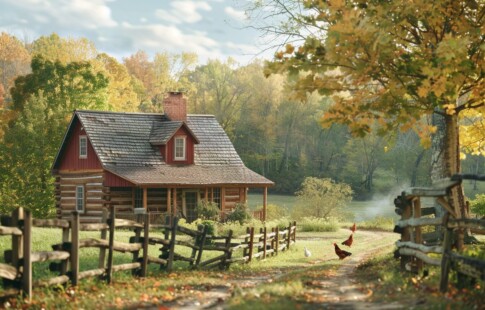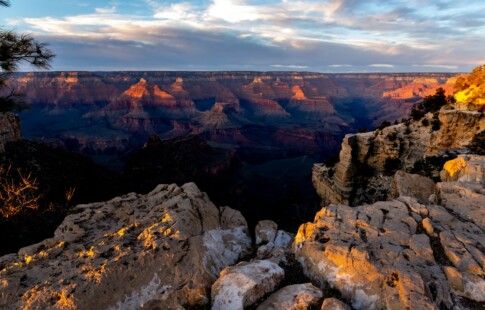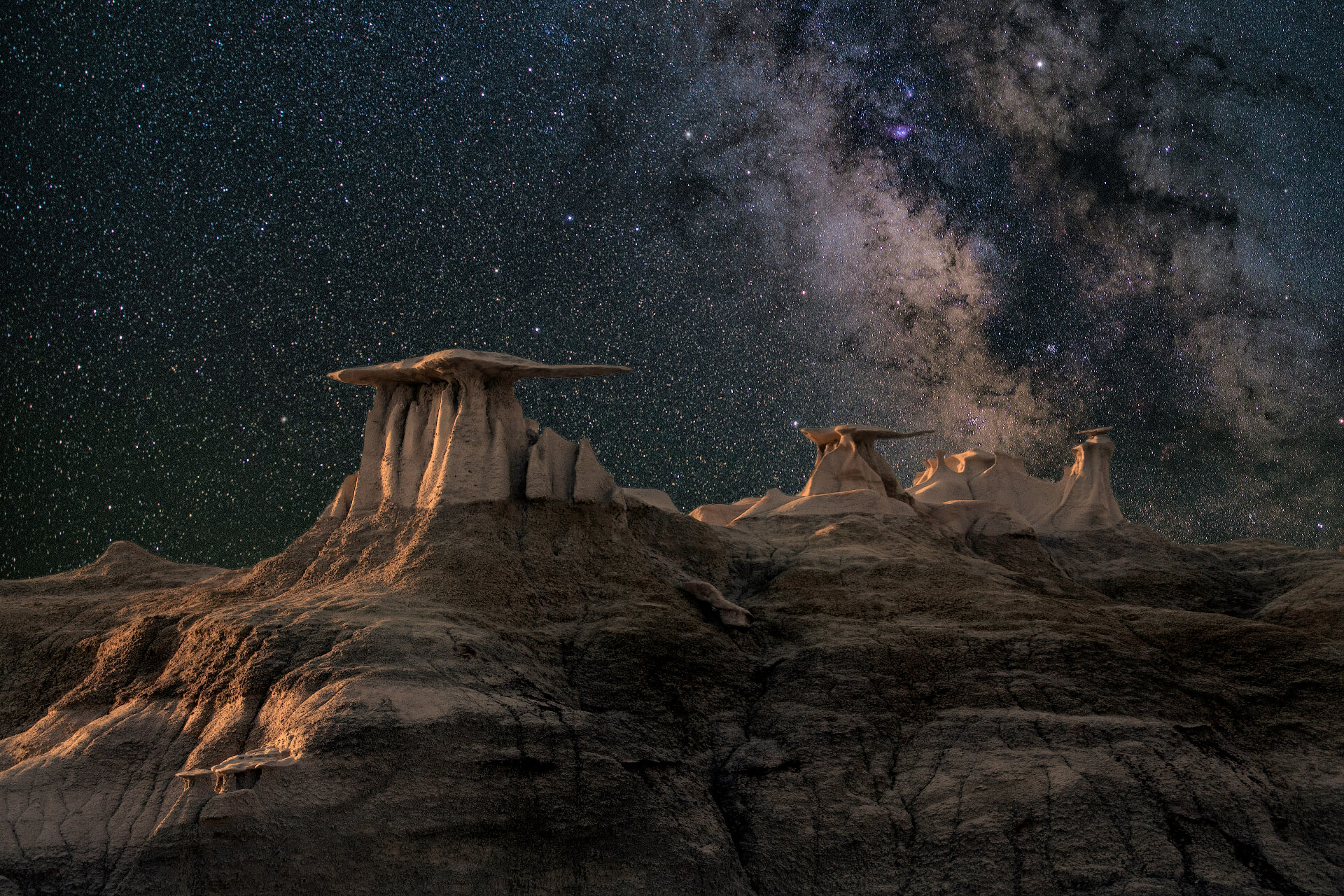
Dark Sky Parks: Where to See Seas of Stars
We are reader-supported. When you buy through links on our site, we may earn affiliate commission.
Many desire to live where they can see the stars every night. You may not be able to have your forever home there, but dark sky parks are places you can visit that provide this environment perfectly. Discover the majesty behind these special environments and where to find one near you.
What Are Dark Sky Parks?
Dark sky parks are protected areas certified by the International Dark Sky Places program. The purpose of this organization is to preserve dark sites with strict regulations. They are ideal places for seeing spaces as they are meant to be seen while educating all who witness their splendor. There are currently over 200 worldwide locations in 22 countries, spanning over 161,000 square kilometers.
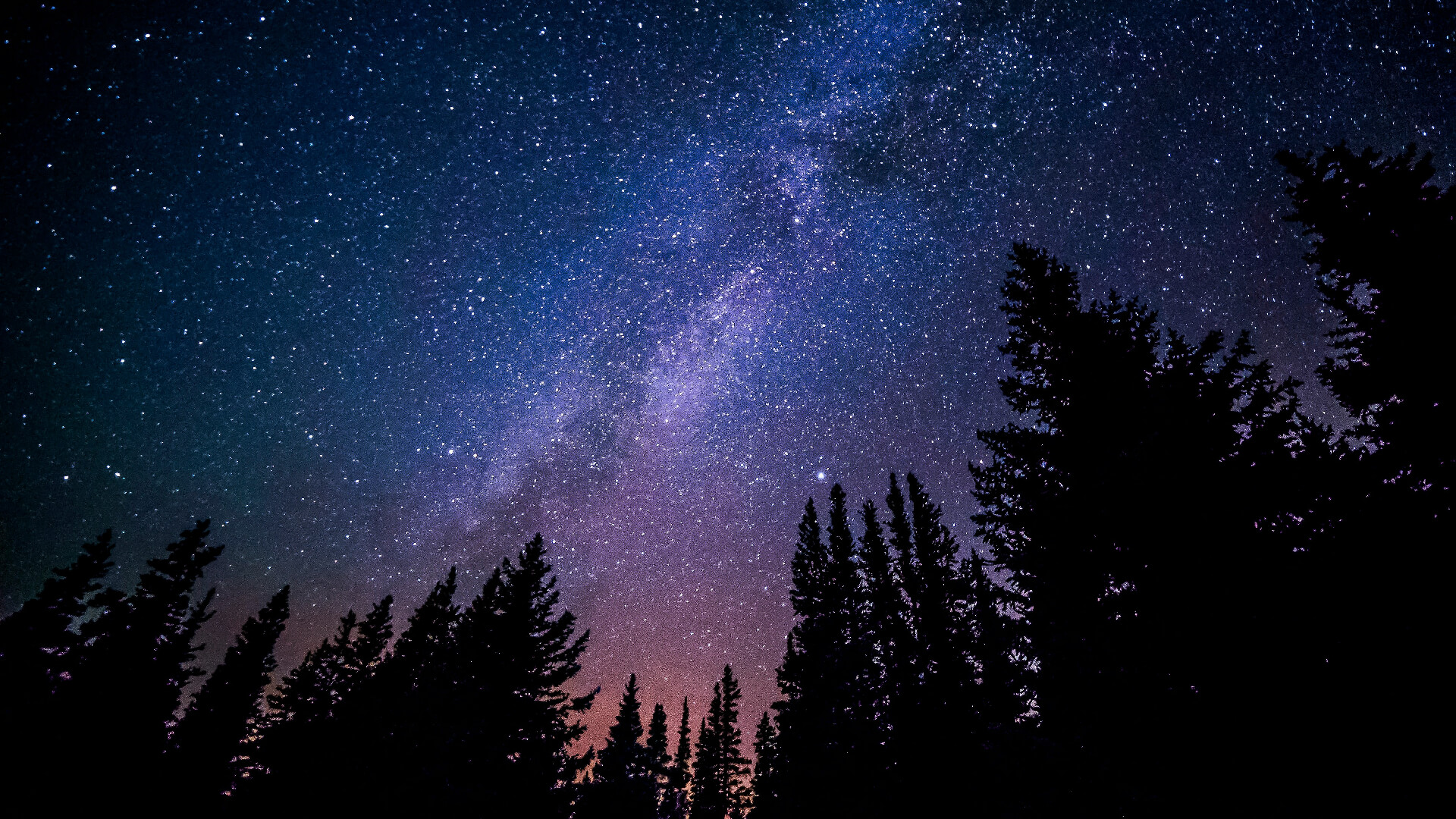
These areas get a grip on light pollution and promote the well-being of night-loving species. Nocturnal wildlife thrives in these parks while protecting the sanctity of starry skies. Biodiversity adapted to nighttime living is generally photosensitive, so it is essential to maintain these conditions to be mindful of other creatures’ needs to survive.
Under the IDSP program are several umbrellas:
- International Dark Sky Parks: Public or private areas focused on conservation with adequate outdoor lighting for education.
- International Dark Sky Sanctuaries: The darkest areas where conservation is the top goal.
- International Dark Sky Reserves: Populated areas with a dark sky core that stays protected.
- Urban Night Sky Places: Urban locations that mitigate artificial lighting to provide more genuine night-sky experiences.
- International Dark Sky Communities: Organized cities, towns, and communities that educate residents on dark sky ideals through light pollution ordinances.
Knowing the distinctions between these regions is essential for conceptualizing the nuances of these zones. In this deep dive, we will explore the world of dark sky parks.
How Can a Place Become a Dark Sky Park?
The DarkSky organization has criteria for what can get certified. Here are the basic ideas behind the qualifications:
- Management: It doesn’t matter if the land is private or public, so long as the management can prove it is entirely legal.
- Nighttime public access: People should be able to go to the dark sky park in the evening when most national parks have a close-at-dawn policy. It doesn’t have to be the whole park — a section will do.
- Night sky quality: Must have the Milky Way visible at some point throughout the night.
- Resources: Management and visitors must protect the park and promise to perpetuate the goals of the DarkSky organization, such as reducing light pollution and restoring the environment.
The organization provides detailed information on how to tell the difference between a site’s potential to be a park or sanctuary, or neither.

Why Is Light Pollution a Problem?
Light is just light, so why is an entire organization devoted to keeping things dark? How could simple light impact the environment in such a negative way?
Numerous species rely on the darkness to thrive. Insects, in particular, need low light conditions for mating, migrating, and feeding, and light pollution is one of the primary reasons many species need help to keep numbers up.
The disruption to circadian rhythms influences more than wildlife — it harms humans, too. Humans exposed to too much light pollution at night find sleeping more difficult, so keeping dark places as unpolluted as possible could be the key to restful nights.
Finally, the excess energy used at night to power all these artificial lights emits countless carbon emissions. Even if renewable sources powered them, they are superfluous to remain on 24 hours a day — though cities should power city lights with clean energy. Automated, motion-detecting lights are the ideal way to go, primarily if people need to walk around at night.
What Is it Like Being at a Dark Sky Park?
Being at a dark sky park will be unlike anything you have ever seen. You should be able to see everything in the night sky with the naked eye. You’ll get the most out of your visit by allowing your eyes to adjust for awhile. Additionally, going when it is a new moon makes the stars even more prominent.
There is etiquette all travelers must follow to ensure everyone has the best experience and the areas stay protected. Here is how to make your experience the best it can be:
- Keep cell phones tucked away and enjoy nature without needing to photograph.
- Only use red lights instead of white lights for walking around.
- Plan to be well-fed and hydrated.
- Bring telescopes and other tech to enjoy the night sky close up.
Where Is the Closest Dark Sky Park Near You?
As of 2024, there are 120 certified parks — here are some of the most well-known from all over for you to explore darkness at its most fantastic:
| Park | Location |
| Aenos National Park | Greece |
| Bükk National Park | Hungary |
| Big Bend National Park | Texas, USA |
| Craters of the Moon National Monument | Idaho, USA |
| De Boschplaat | The Netherlands |
| Desengano State Park | Brazil |
| Eifel National Park | Germany |
| Elan Valley Estate | Wales |
| Great Basin National Park | Nevada, USA |
| Iriomote-Ishigaki National Park | Japan |
| Joshua Tree National Park | California, USA |
| Kissimmee Prairie Preserve State Park | Florida, USA |
| Møn and Nyord | Denmark |
| National Bridges National Monument, Capitol Reef National Park, Arches National Park | Utah, USA |
| Oxford Forest Conservation Area | New Zealand |
| Parc national du Mont-Tremblant | Canada |
| Petrova Gora-Biljeg | Croatia |
| Ramon Crater Nature Reserve | Israel |
| Warrumbungle | Australia |
| West Penwith | England |
| Yeongyang Firefly Eco Park | South Korea |
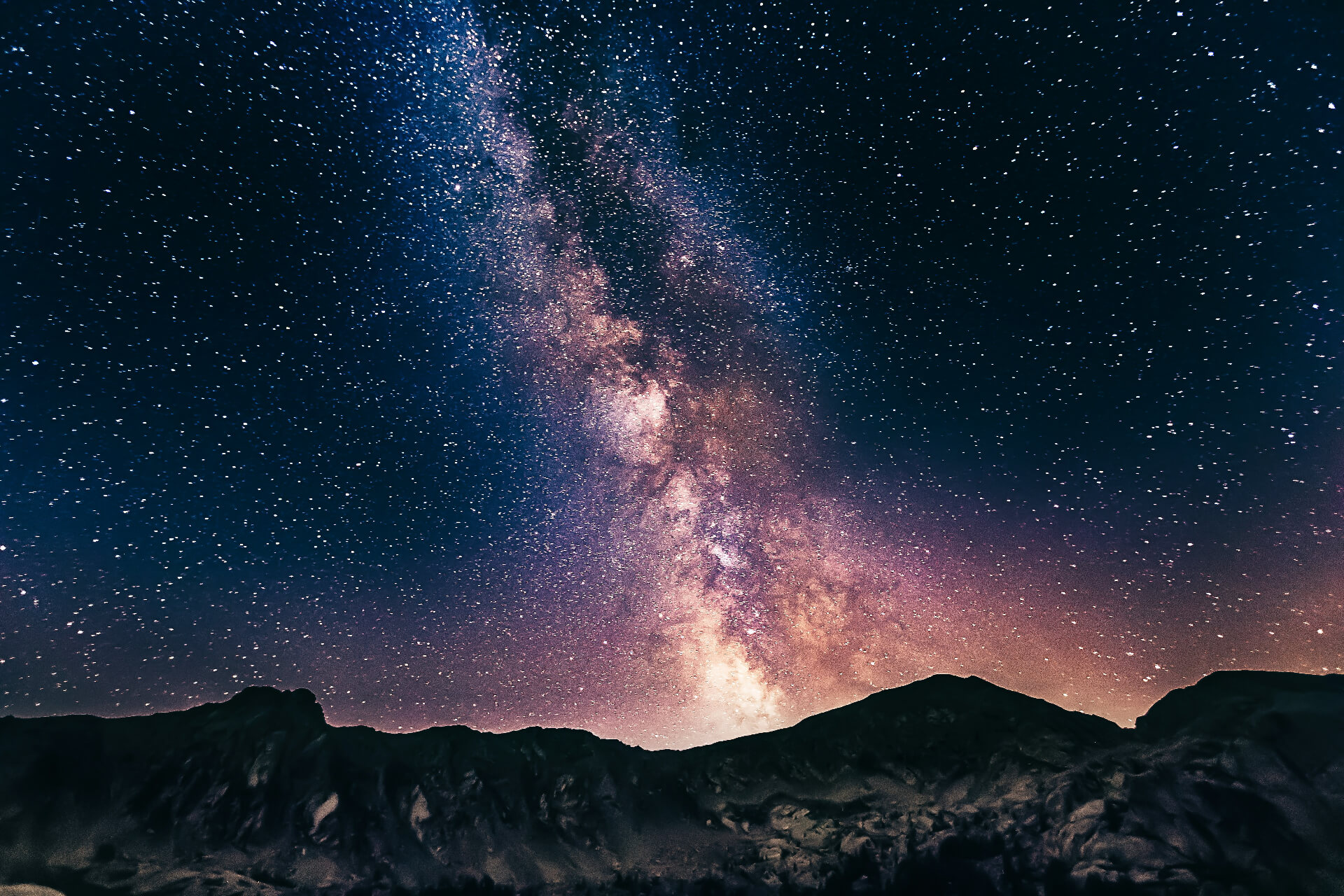
DarkSky International has a helpful tool for anyone seeking these stellar stargazing spots, no matter where they are on the planet, though the U.S. dominates in having the most parks in one country.
Embracing the Night
Everyone benefits from having dark sky parks. People and wildlife may enjoy the peace and beauty of the night sky at its most beautiful. You’ll never forget it once you see it for the first time. It will make you look up at night in your city, wondering why your area prioritizes artificial light over the excellence of the stars. If you feel inspired, DarkSky International needs volunteers to help people preserve these areas, keeping them pristine despite tourism.
Share on
Like what you read? Join other Environment.co readers!
Get the latest updates on our planet by subscribing to the Environment.co newsletter!
About the author
Jane Marsh
Starting from an early age, Jane Marsh loved all animals and became a budding environmentalist. Now, Jane works as the Editor-in-Chief of Environment.co where she covers topics related to climate policy, renewable energy, the food industry, and more.
